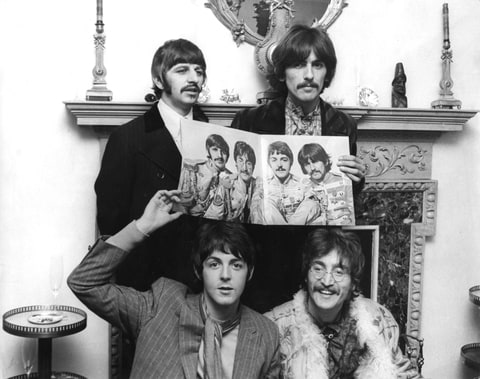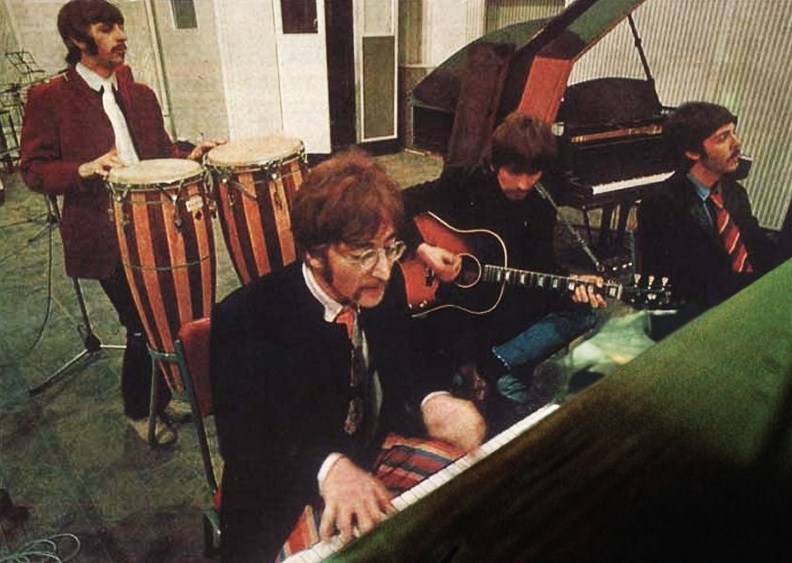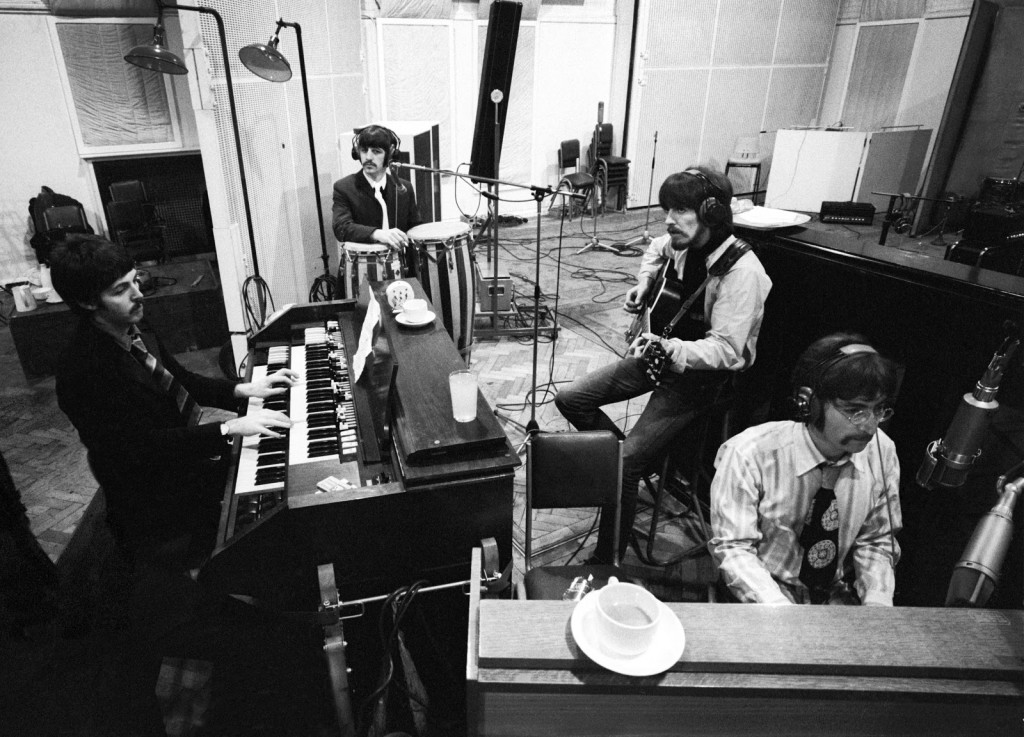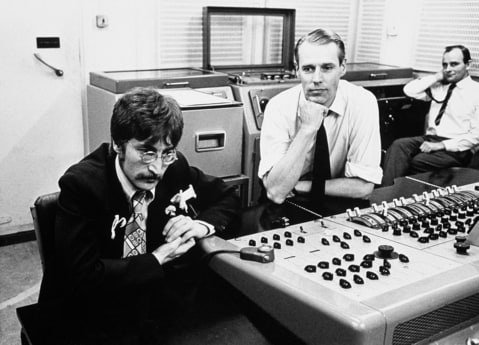CONTINUED DUE TO FORUM WORD LIMITS:
6. The first take of the song featured one of Lennon's characteristically offbeat count-ins.
John Lennon was always game for some surreal studio banter. His count-in for 1965 B side "Yes It Is" went "One, two, three, bread!" In the case of "A Day in the Life," he went with the Tchaikovsky nod "sugar plum fairy, sugar plum fairy," as can be heard on the portion of the first take featured on the first
Anthology album. There is a Lewis Carroll–like mystery to the words, which served Lennon's purposes well: If ever a confection could be used to count in a song and set a mood for a band, this would be that one time.
7. The BBC banned "A Day in the Life" because of its central line: "I'd love to turn you on."
"This was the time of Tim Leary's 'Turn on, tune in, drop out,'" McCartney recalled, "and we wrote 'I'd love to turn you on.' John and I gave each other a knowing look: 'Uh-huh, it's a drug song. You know that, don't you?' Yes, but at the same time, our stuff is always very ambiguous and 'turn you on' can be sexual so ... c'mon!" The BBC didn't appreciate the wordplay. "We have listened to this song over and over again," a spokesman said in 1967. "And we have decided that it appears to go just a little too far, and could encourage a permissive attitude to drug-taking." Lennon was predictably salty, post-banning: "I'd like to meet the man who banned this song of ours. I'd like to turn him on to what's happening. Why don't they charge the Electricity Board with spreading drugs because to get electricity you have to 'switch on'? Everything depends on the way you read a thing."
8. The group didn't have an easy time conveying their ideas to the orchestra that played on the song.
After coming up with the "I'd love to turn you on" line, McCartney recounted that "As John and I looked at each other, a little flash went between our eyes, like 'I'd love to turn you on,' a recognition of what we were doing, so I thought, OK, we've got to have something amazing that will illustrate that." McCartney's first thought was for a 90-piece orchestra, but this became a 40-piece unit that recorded their part – a glissando to sound like the end of a Wagnerian world – on February 10th. The classical musicians were given costume pieces – and plastic nipples – to don, thus lightening the mood, as Brian Jones, Keith Richards, Donovan, Mick Jagger, Marianne Faithful and others cavorted at the session. George Martin had some problems with the assembled musicians. "A well-schooled orchestra plays, ideally, like one man, following the leader," he said. "I emphasized that this was exactly what they must not do." Martin and McCartney wanted each musician to begin as quietly as possible and end at what was tantamount to a musical orgasm – while not listening at all to the players sitting next to them. "The orchestra, of course, thought it was all a stupid giggle and a waste of money."

ZUMAPress
9. The band recorded the song almost exclusively at night.
"A Day in the Life" was the song that established the Beatles as the nocturnal denizens of Abbey Road. Despite studio time being expensive, the Beatles, after their matchless run to date, could pretty much pick when they wanted to work. And how long they'd take in working. Assembling in Studio 2 at 7:30 p.m. on January 19th, they toiled until 2:30 in the morning. Similarly, the next day's session went into the wee hours, setting up a trend that would continue throughout the recording of the album. Lennon rarely awoke before noon, so the Abbey Road staff was forced to adjust. In all, 34 Beatle hours went into "A Day in the Life," compared with the 585 minutes required for the whole of
Please Please Me. One tricky bit was Lennon's vocals, which required a number of attempts, in part because, according to engineer Geoff Emerick, "John was hearing that echo in his cans as he was singing. It wasn't put on after. He used his own echo as a rhythmic feel."
10. The song's final chord took three men to play.
The Beatles were masters at the iconic chord – consider the opening of "A Hard Day's Night" – but there may be none to match the final chord of "A Day in the Life." It was achieved at a special overdub session on February 22nd, at which Mal Evans made his second recorded contribution to the Beatles canon, as he, John and Ringo Starr sat at three pianos, simultaneously striking E major. This took nine takes to get right, because the players had a hard time hitting the note at the exact same moment. The last take was dubbed best, and then overdubbed thrice, so the effect is that of nine pianos played by 12 men. Engineer Geoff Emerick kept lifting the volume faders, and it is possible to hear the studio's heating system on the finished recording. Aptly, considering the track's now-mythic status, the sound simply goes on, and on, and on, with seemingly endless sustain.
 I did not know he was still around.
I did not know he was still around. 
 Liquid Paper.
Liquid Paper.




